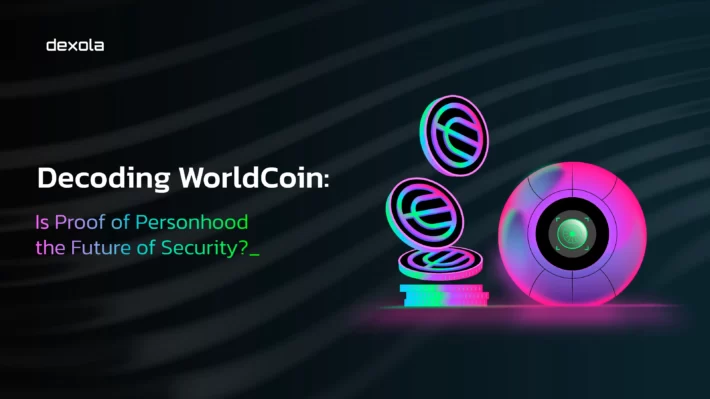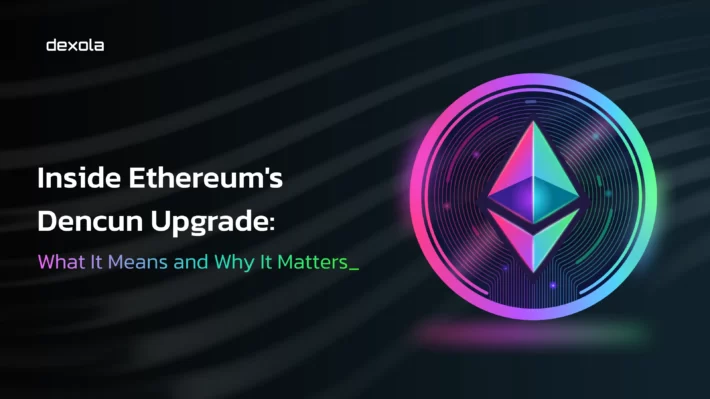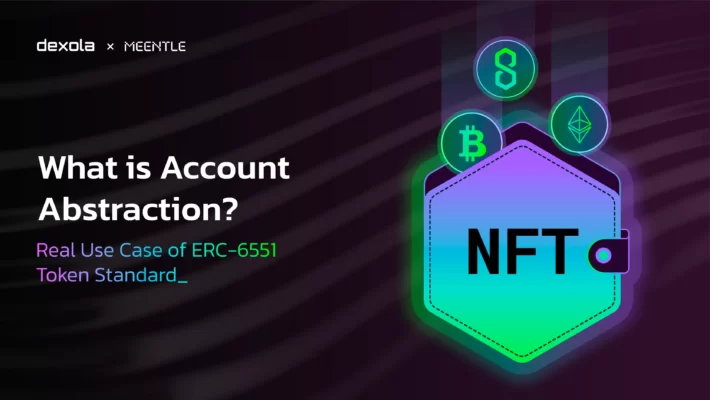ERC-6551 Token Standard: What Is It and Top Use Cases
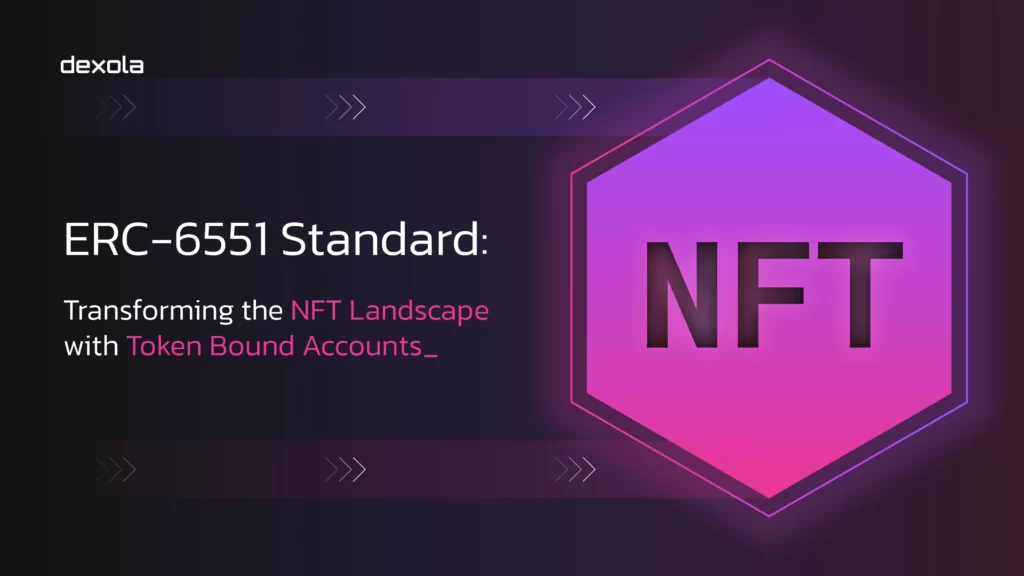
ERC-6551 token standard is an NFT that owns a separate account and thus can own and transfer other tokens on behalf of its owner. This standard expands NFT applications from PFP which you can dress up with other tokens to a decentralized tradable portfolio that holds some fungible tokens.
In other words, ERC-6551 NFT allows user to control a separate account if the user owns a particular NFT.
Read on for the capabilities and limitations of ERC-6551 explained.
NFTs hold other NFTs? Why not?
Token standard is a guideline on how to do tokens’ smart contracts development, which functions to implement, and how to store data, so wallets, explorers, and DApps will work with them out of the box. These standards are often called ERC.
The most popular token standard is ERC-20 — Ethereum Request for Comment 20. Most fungible token smart contracts store only two values: addresses that own tokens and the number of tokens they own. E.g. address Alice owns 700 tokens TOKEN.
The second most popular standard is ERC-721 for non-fungible tokens — NFTs. These contracts store addresses, unique token IDs, and token numbers. For example, address Bob owns 1 token TokenizedApe with ID 001.
Developers may expand token possibilities and explore new use cases by modifying those standards while preserving core functions and features. Tether added a “blacklist” function to ERC-20 to freeze USDT transactions on malicious addresses. The RMRK project also modified an ERC-721 so it can own other NFTs.
But there is a problem with just modifying standard contracts. First, custom non-standard functions require custom handlers. Second, developers can’t change already deployed smart contracts, so to implement nesting functionality to BAYC they will need to deploy it again.
How does ERC-6551 solve the backward compatibility problem?
ERC-6551 does not modify the ERC-721 account to add functions. Instead, it allows the owner to deploy a deterministically-addressed smart contract account for an existing ERC-721 token, so the NFT can interact with it. That smart contract can hold and transfer ERC-20, ERC-721, ERC-1155, and other tokens. The control of ERC-6551 is delegated to the ERC-721 owner.
This design allows developers to expand the capabilities of any existing ERC-721 token and make them backward compatible with any existing web3 app on any platform.
ERC-6551 token consists of three parts:
- ERC-721 token to which the account is bound;
- permissionless registry that deploys token-bound accounts;
- token-bound accounts with an ERC-165 interface.
To turn an ERC-721 token into ERC-6551 the user just have to deploy a token-bound account via the registry.
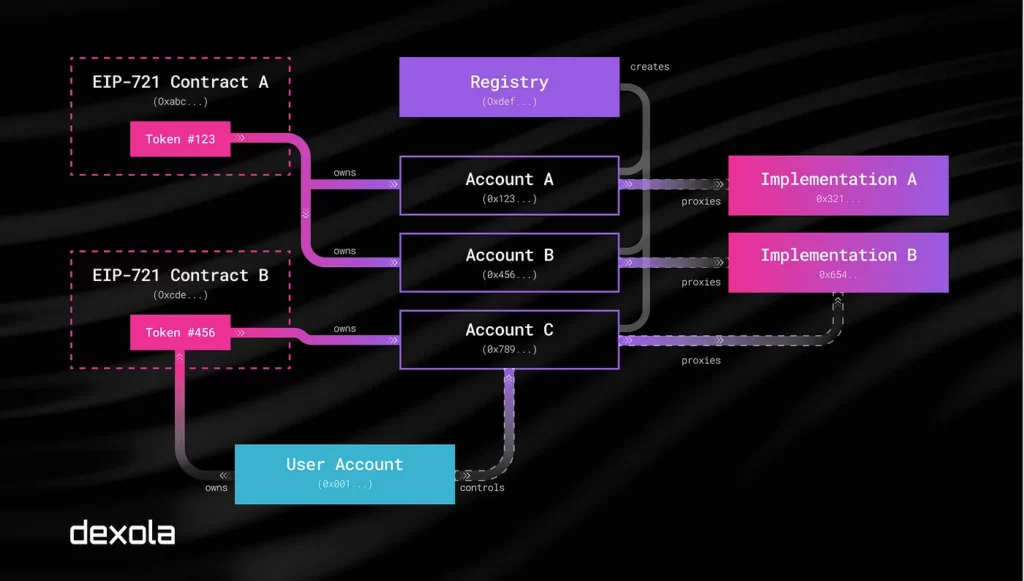
The scheme from above illustrates the creation and control relations. The user that owns NFT ERC-721 B controls account C and the proxies are used to make the interaction cheaper.
How can ERC-6551 token standard be used in crypto projects?
There are many use cases of ERC-6551:
- a separate wallet for holding a specific portfolio or an NFT collection;
- a digital loyalty card that receives bonuses, airdrops, and rewards and preserves them if sold;
- a decentralized ID that stores encrypted user’s data, identity, or a proof mark of passed KYC to quickly pass compliance;
- an NFT that represents an RPG character that owns armor, weapons, and other things as NFTs;
- an NFT that is composed of a few NFTs it owns;
- a substitute for a social media account that stores users’ posts and photos;
- a separate wallet that collects rewards from tokens locked in staking and can be sold separately;
- an NFT that owns a wallet that previously locked the tokens and can be sold.
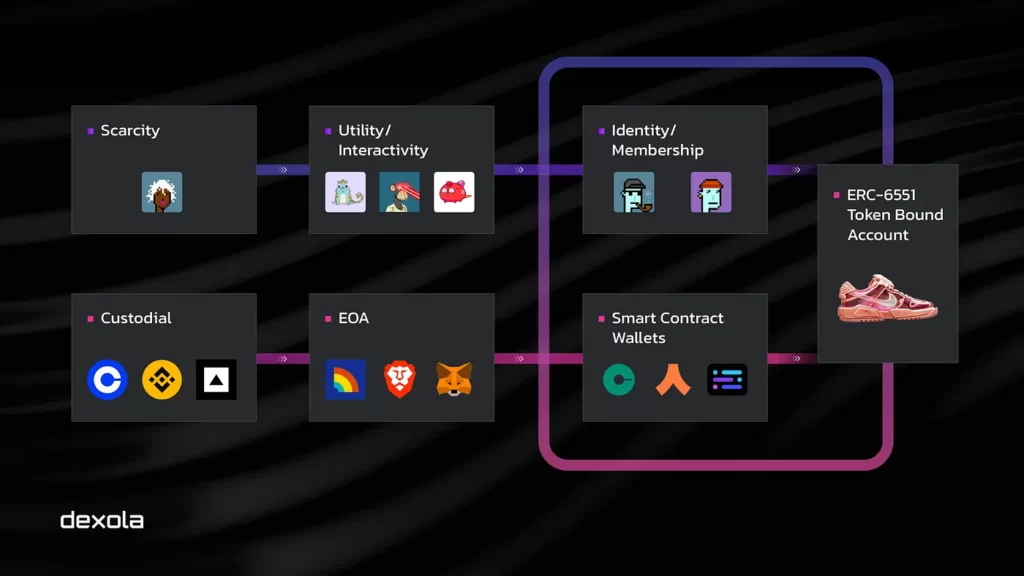
ERC-6551 with separate accounts might be used not only for art and games like regular NFTs but also for decentralized finance. This experience perfectly comes along with traditional financial institutions exploring real-world asset tokenization methods.
Conclusion
Using the ERC-6551 token standard expands NFT technology capabilities and use cases while preserving backward compatibility with existing NFTs, wallets, marketplaces, and other decentralized apps infrastructure.
For decentralized finances, ERC-6551 adoption means the creation of safely tradeable accounts bound to NFTs, which bring new mechanics like using vested tokens as collateral or selling future earnings from locked tokens apart from principle.
Hope we’ve explained to you how does ERC-6551 work and given an insight into the challenges of ERC-6551 token standard. With any questions about tokens, blockchain, or the technical discovery phase in Web3, don’t hesitate to contact us via contact form.
Want more insights? Read all about Ethereum Restaking in our blog.
